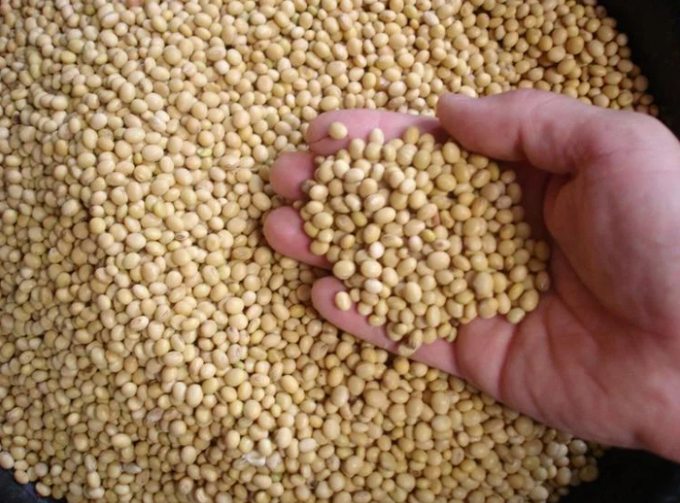(VAN) South American crop prospects are one thing the American markets are closely watching.

Source: Wikimedia Commons.
Joana Colussi, a postdoctoral researcher in the Agriculture and Economics Department at the University of Illinois, talks about the crop prospects in Argentina.
“Let’s start with the soybean season. So, at the beginning of December, over 60 percent of the soybeans were planted in Argentina. The soybean planted area is expected to grow by seven percent in the current crop season to 44 million acres. That could be the largest expansion in soybean planting season since 2016, and production is projected to reach almost two billion bushels, a six percent increase.”
Colussi, a South American native, says corn disease is a big reason for the increase in Argentina’s soybean planting.
“The primary factor behind this increase in soybean production is the impact of the corn stunt disease. Last season, corn faced significant losses due to the bacteria spread by the leaf hopper pest, which stunts crop growth. So, many farmers lost their entire corn crop to the disease, making them particularly cautious this season. That’s the reason Argentina’s corn planted area is projected to decrease by 25 percent. That’s equivalent to six million acres, and this would mark the largest relative drop in corn acreage in 17 years.”
Choosing acres for corn or soybeans in Argentina is a different process than in Brazil.
“Unlike Brazil, soybeans and corn share the same planting periods in Argentina, competing for the same growing area. When farmers increase the soybean areas, as a consequence, they will decrease their corn area, and they decided to do that this year because of this concern around the corn stunt disease.”
Agriculture News | Agri Products Price



